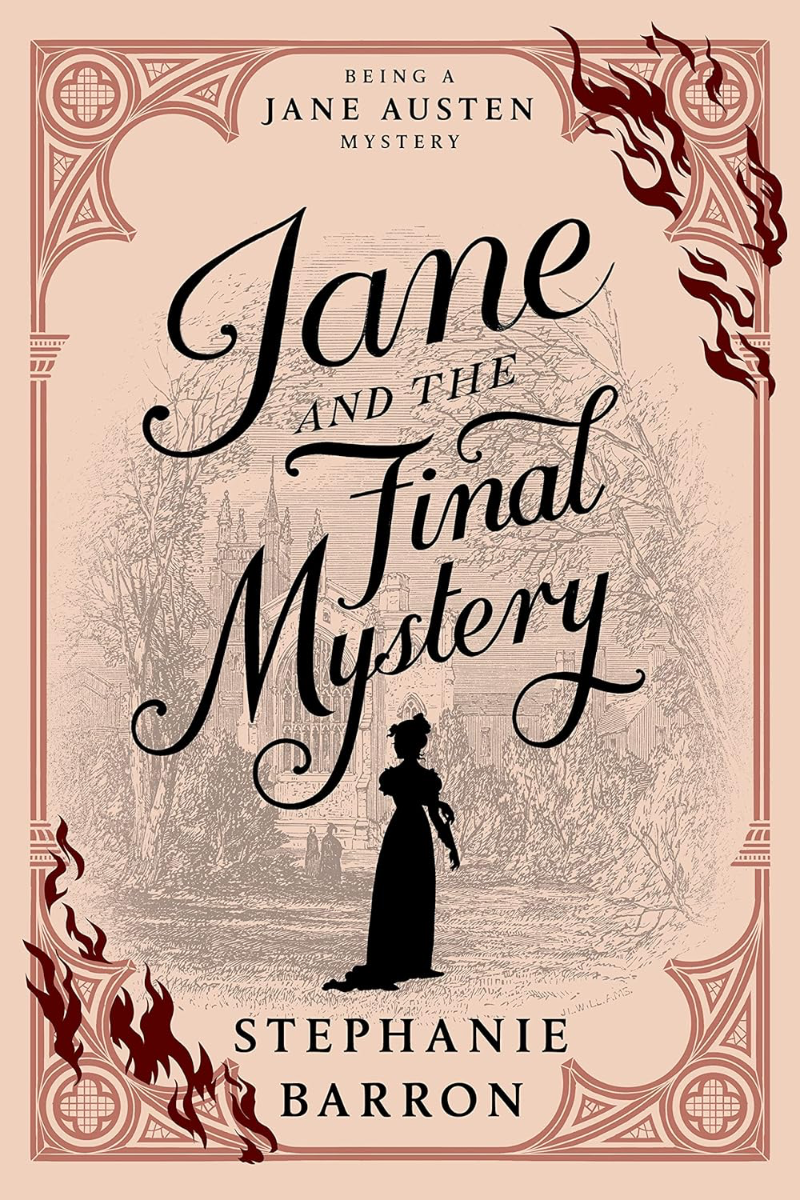Bookish Places: Jane Austen
Jane Austen was born in Steventon, Hampshire, on 16 December 1775 to George Austen, a vicar, and Cassandra Leigh. George and Cassandra had eight children: six sons and two daughters. As the only two girls, Jane and Cassandra became very close and would remain lifelong companions as neither married. After a brief stint at a boarding school which became too expensive, Jane was home-schooled and gained most of her education from reading.
Jane’s love for writing began at an early age and she participated in the writing of the plays the family would stage to entertain themselves. Jane would move on to writing poems and short stories which she would gift to various family members. After that she would devote her time to writing novels. Jane was devastated when her father retired from the vicarage of Steventon and the family led a peripatetic lifestyle, living in places like Bath, Worthing and finally settling in Chawton, East Hampshire. Some of the places associated with Jane can be visited today.
Steventon, Hampshire
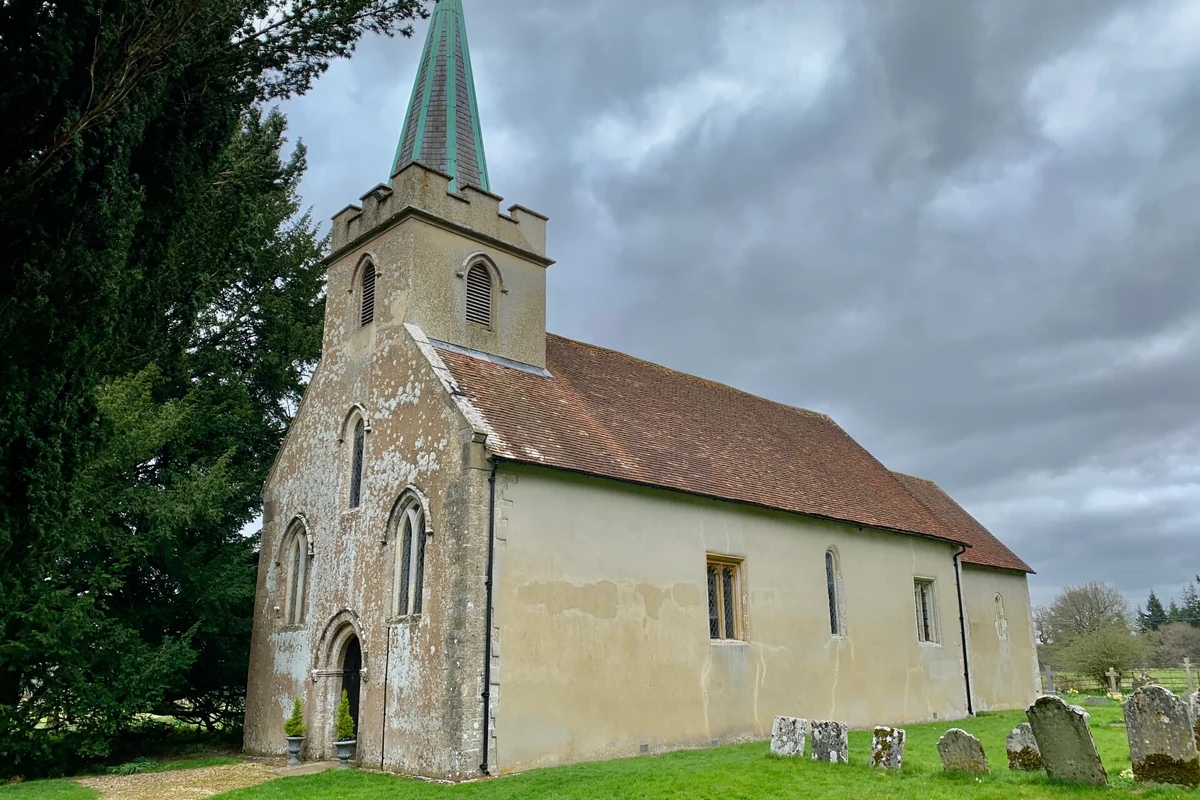
Jane Austen was born in Steventon on 16 December 1775 where her father was the rector of St. Nicholas church for over 44 years. Jane lived in Steventon until the age of twenty-five and it was here where she honed her writing skills from a young age. When her father retired, Jane was forced to leave the rectory with her parents and sister, Cassandra, and it was said to have been a shock to her system. St. Nicholas Church is now the only existing building in Steventon associated with the Austen family and many family members are buried in the churchyard. Jane’s brother, James, became rector after his father’s retirement and there are memorials inside dedicated to him and his two wives.
Bath, Somerset
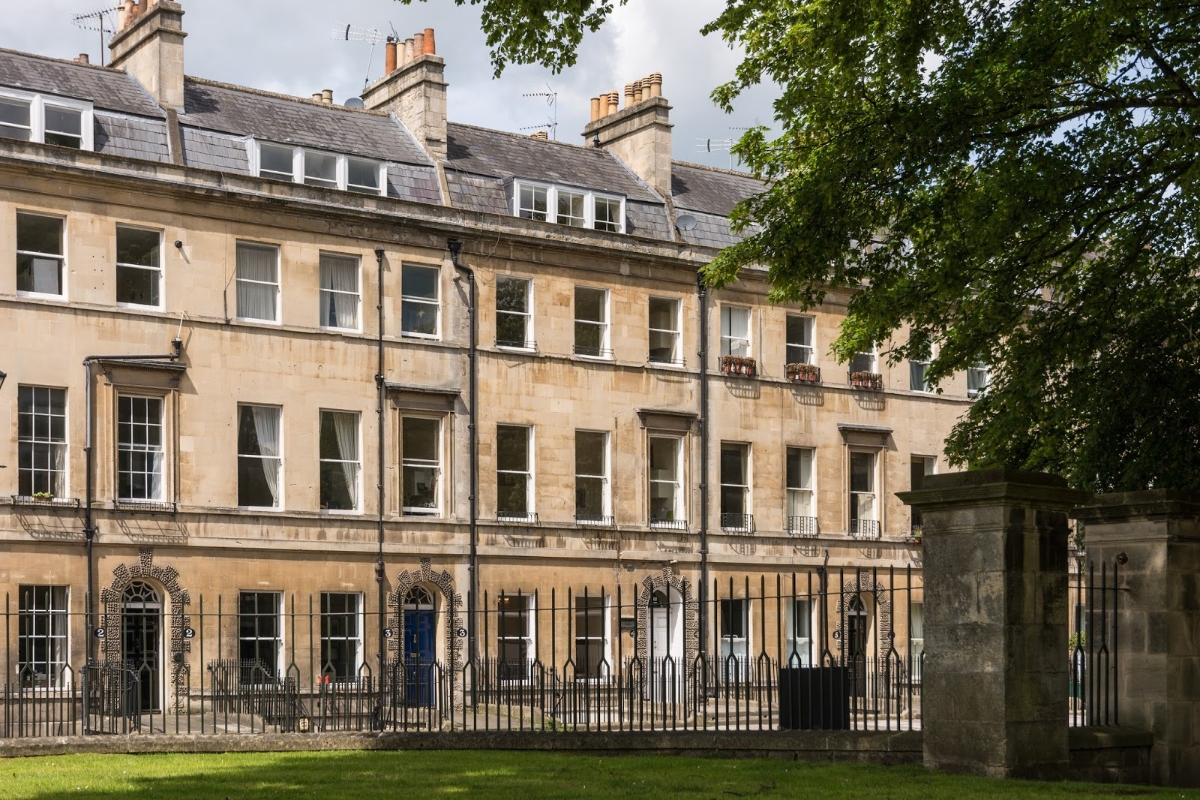
Bath features prominently in Jane Austen’s novels, however only Northanger Abbey and Persuasion are specifically set there. After his retirement, George Austen moved his family to 4 Sydney Place, Bath, however very little is known of Jane’s life during this period as she wrote little and her sister, Cassandra, destroyed many of Jane’s letters after her death. Some historians believe Jane fell into a state of melancholy due to having to leave her childhood home, but others believe she may have been too busy in society to have time to write. When the lease at Sydney Place expired, they moved to the Green Buildings and Gay Place which were good addresses but on the poorer side of the city.
The Jane Austen Centre
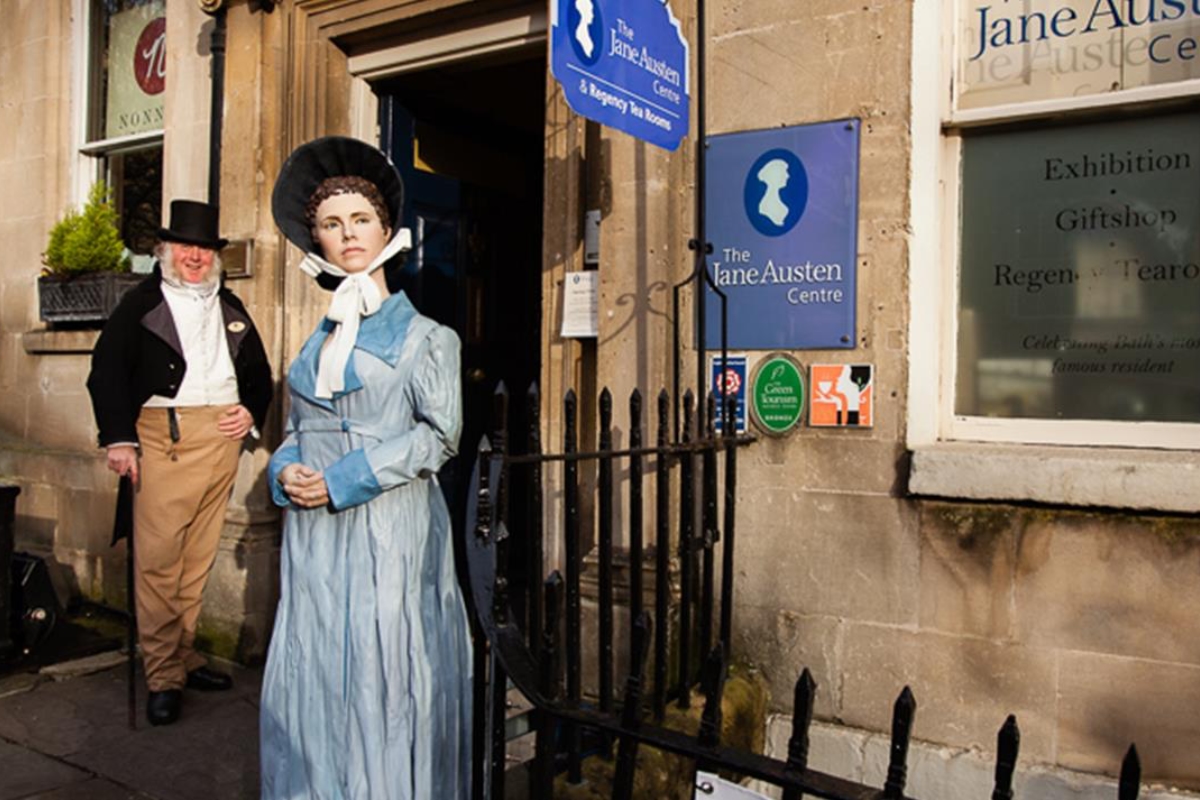
The Jane Austen Centre is a museum situated in Gay Street, Bath, which takes visitors on a journey through Jane Austen’s time in the city with the help of character actors. The centre also hosts the annual Jane Austen Festival, the largest and longest running Jane Austen Festival in the world, a ten-day event in September that includes a costumed promenade through the centre of Bath. In June, the Jane Austen Festival Summer Ball offers fans the chance to experience a Regency ball for themselves. Regency costumes are mandatory for the Summer Ball. The museum is open all year round (times vary) and has a gift shop with exclusive designs, as well as the Regency Tea Room where you can experience Mr. Darcy’s Afternoon Tea with cakes, finger sandwiches, and scones served with clotted cream and seasonal jam.
Stanford Cottage
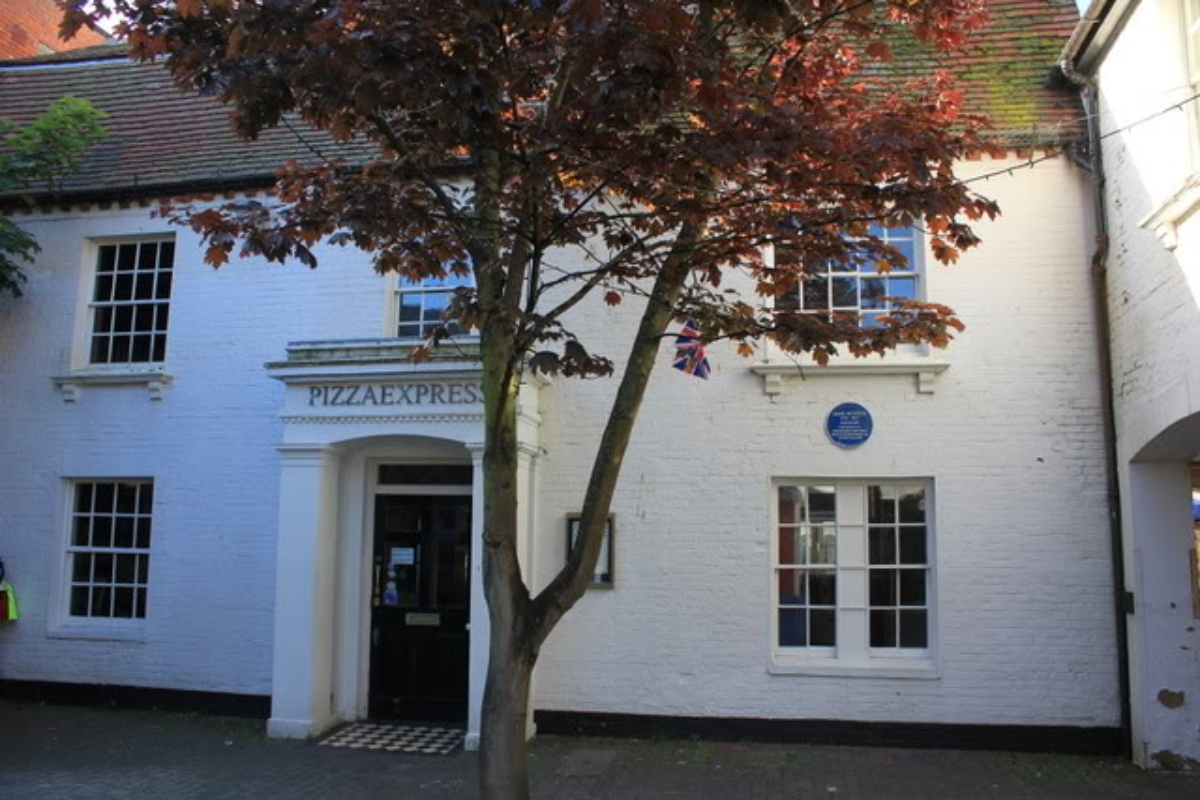
n the summer of 1805, Jane spent some time in Worthing and stayed in Stanford’s Cottage on Warwick Street. At the time of Jane’s visit, the area was still being developed so the outlook from the cottage would have been vastly different with sprawling fields and a view of the sea. There would have been few amenities to enjoy, however the family likely went on long walks at the seafront and in the countryside. It is said to have inspired Jane’s final, but unfinished, novel Sanditon. While the cottage is still standing, it is part of a retail area named Stanford Square and appears to be a Pizza Express. The exterior of the building boasts a blue plaque indicating Jane once stayed there.
Godmersham Park, Kent
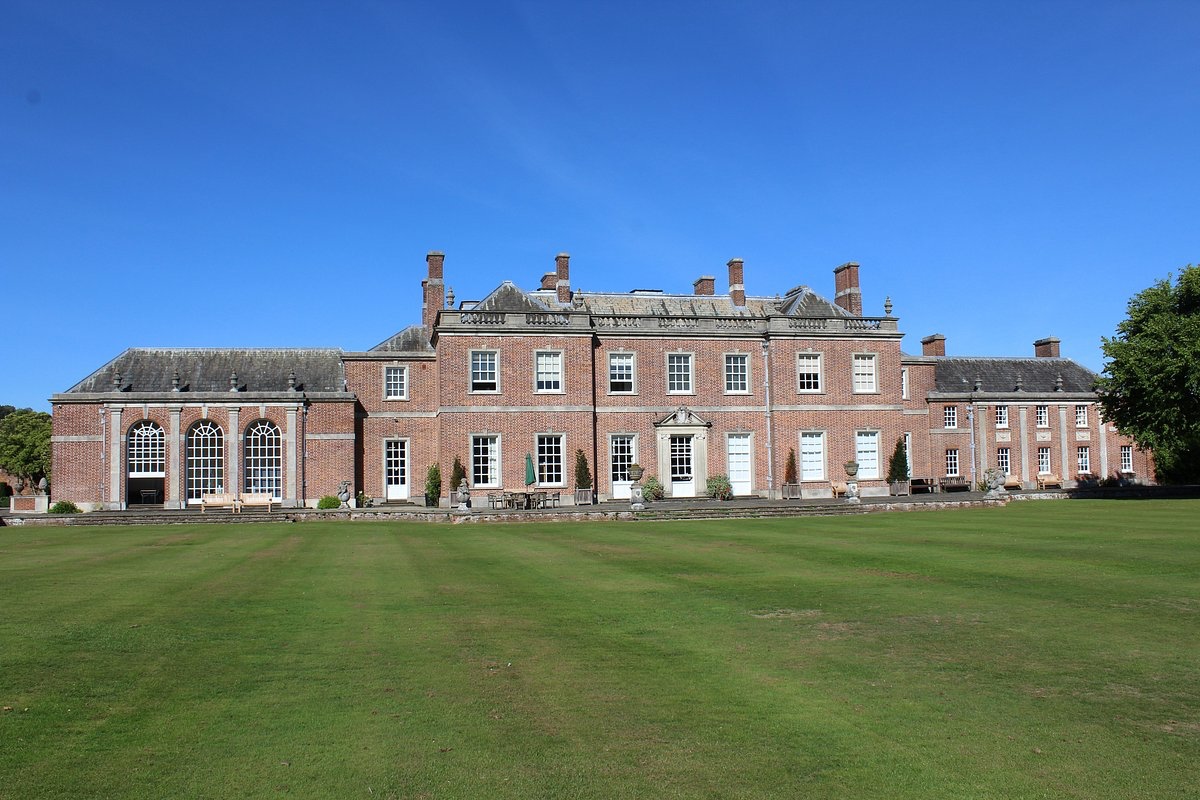
Godmersham Park is a two-storey house in the village of Godmersham which is between Ashford and Canterbury. The house is featured alongside Jane Austen on the Bank of England’s £10 note. Godmersham was said to have been an inspiration for the novel Mansfield Park. The house was inherited by Jane’s older brother, Edward Austen who was adopted by the wealthy Knight family who had no heir. Edward lived there with his wife, Elizabeth, and their eleven children, including Fanny who was one of Jane’s favourite nieces. Jane was a frequent visitor to the house and would have made use of its extensive library. Today, the house is home to the Association of British Dispensing Opticians, however they allow Jane Austen events organised by The Jane Austen Society.
Chawton House
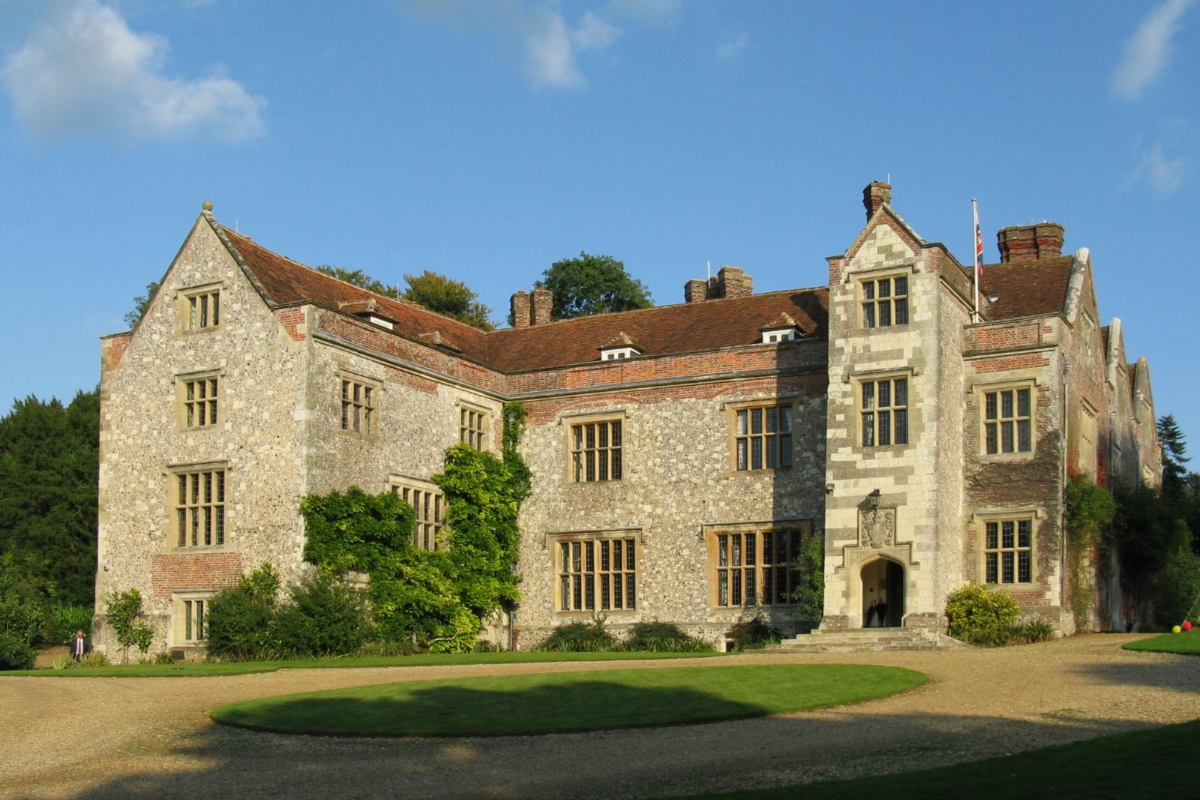
Chawton House is a Grade II listed manor house in the village of Chawton in Hampshire which was part of the inheritance of Edward Austen Knight. The house was built by the Knight family in 1580s and has undergone many changes over the years. The house has an impressive library which focuses on women writers between the years 1660 to 1860, and has rare and early edition manuscripts. The Reading Room is open to scholars by appointment. There are many associations with Jane and her family in the house, and you can see the reading alcove in the Oak Room which was a favoured spot for Jane. Cassandra Austen and her mother are buried in the grounds of Chawton.
Chawton Cottage

Edward Austen Knight gave his mother and sisters the use of a cottage on the Chawton Estate which was informally known as Chawton Cottage and now hosts the Jane Austen’s House Museum. While living in the cottage, Jane revised the draft versions of Sense and Sensibility, Pride and Prejudice and Northanger Abbey with a view of getting the published. She also wrote Mansfield Park, Emma and Persuasion while living here and the alleged table she used to write is in the museum collection. The Jane Austen’s House Museum was established in 1947 and the house was gifted to them two years later. It is now a registered charity for the advancement of education and in particular the study of the works of Jane Austen.
Winchester
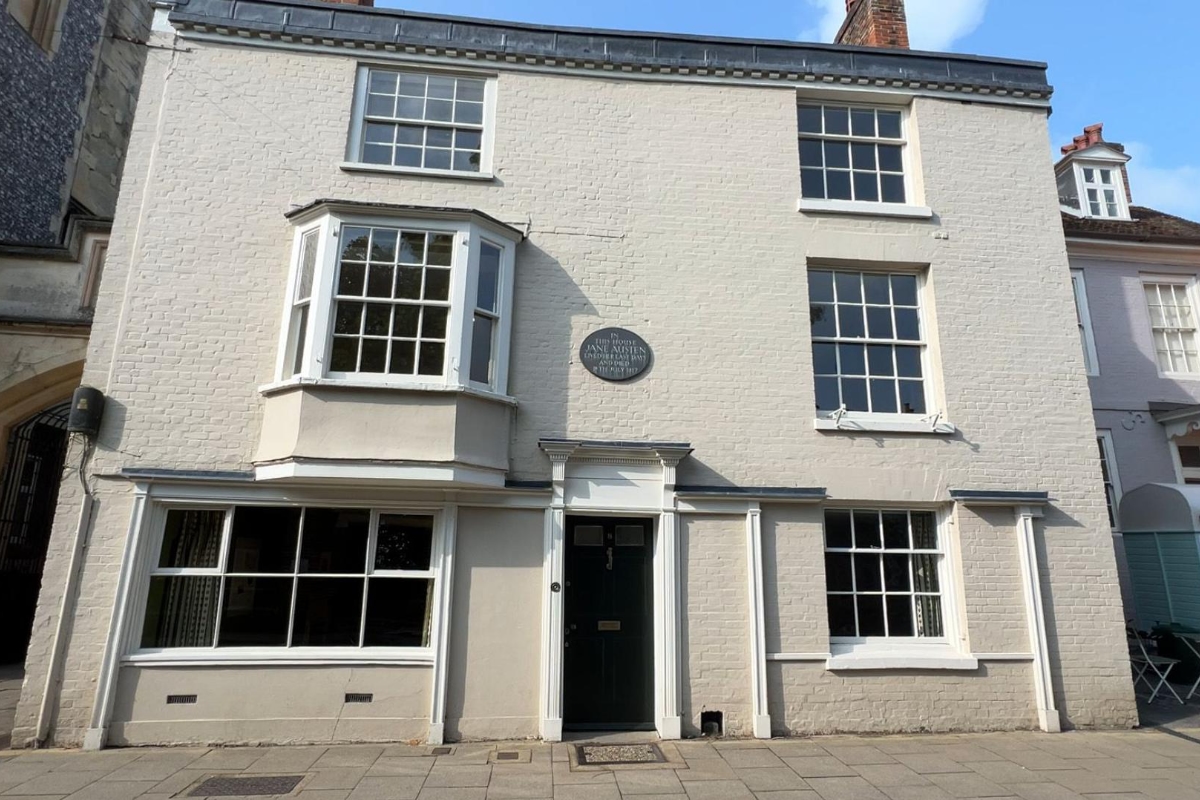
As Jane Austen’s health fell into rapid decline, her sister, Cassandra, and her brother, Henry, brought her to Winchester to seek further medical treatment but she was beyond anyone’s help by this stage. They lived at 8 College Street for several weeks. Bedridden and in constant pain, Jane, aged 41 years, died on 18 July 1817 and was buried in Winchester Cathedral. After her death, Henry Austen set about getting his sister’s novels published and he wrote a preface to a collection which included Persuasion and Northanger Abbey which identified his sister as the author of the novels for the first time. Since 1833, Jane Austen’s novels have never been out of print.
The house on College St is opening for the first time to mark the 250th anniversary of the birth of Jane Austen. The house will host an exhibition about Jane Austen and Winchester, including a specially commissioned film and artefacts from the collections of Winchester College. Winchester College has a series of events planned to commemorate the anniversary.

